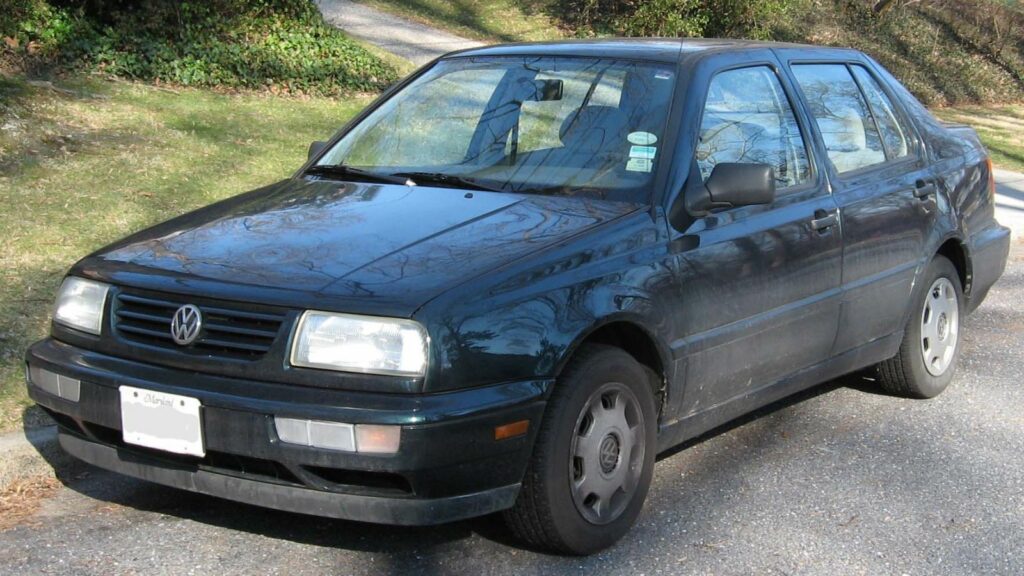The 1990s are often remembered as a golden era for enthusiasts. It was the decade of the Acura NSX, the Toyota Supra, the Dodge Viper, and countless Japanese and European icons. But it was also a time when manufacturers pumped out some of the worst cars ever to hit Canadian and American showrooms. These were cars built cheaply, riddled with quality issues, or just plain weird. Many looked outdated before they even launched, and others became rental fleet jokes. Expanded with more detail, let’s look back at 20 of the worst cars to darken the roads during the 90’s.
Pontiac Sunfire (1995–2005)
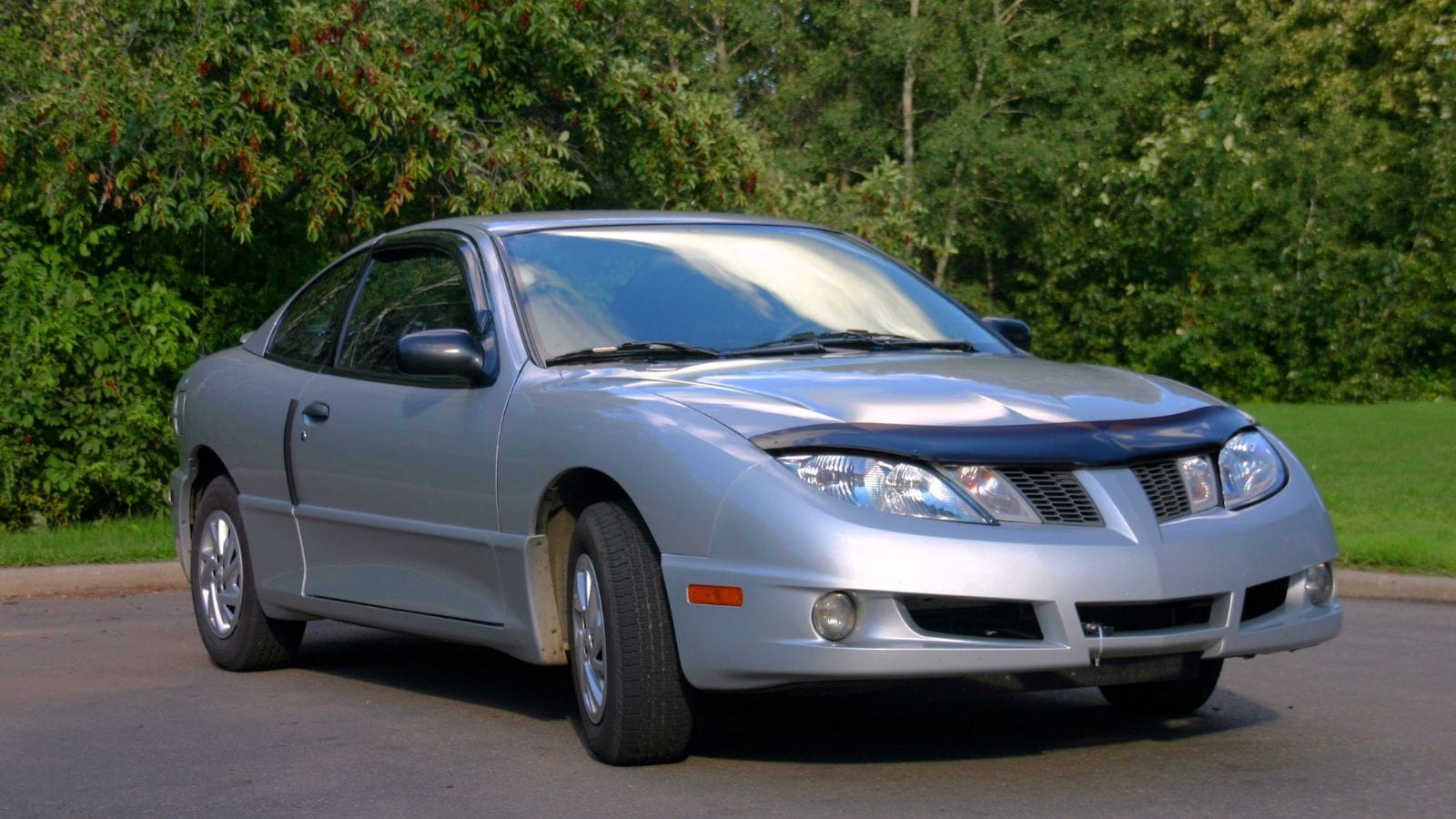
The Sunfire was supposed to be Pontiac’s youthful, sporty compact, but it ended up being one of GM’s most uninspired cars. Built on the aging J-body platform, it suffered from poor build quality, flimsy interiors, and lackluster engines. The plastics inside cracked under normal use, and rust claimed many before they reached 10 years old. In Canada, it became a common first car because it was cheap, but nobody was bragging about owning one.
Ford Aspire (1994–1997)
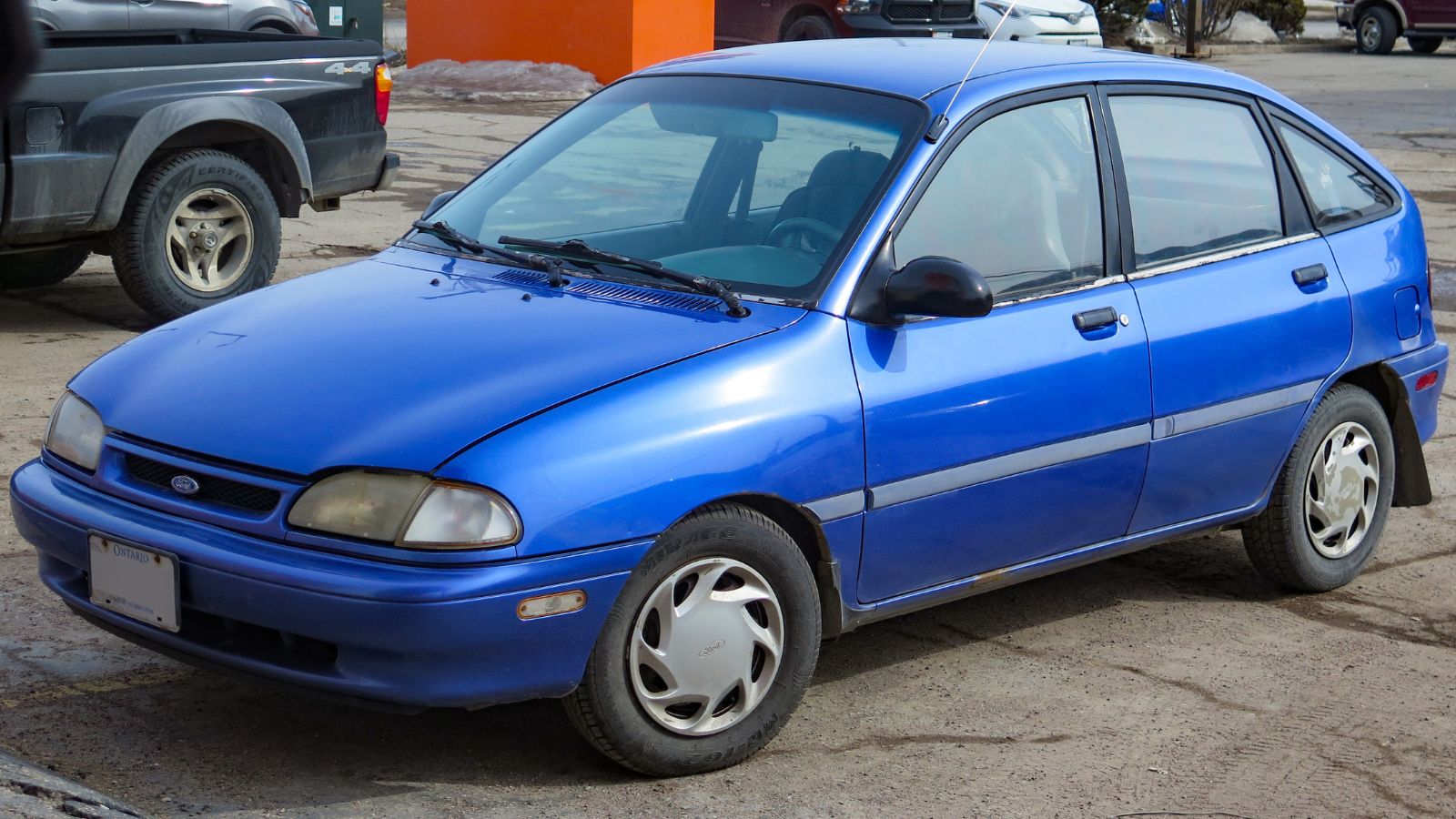
The Aspire was a rebadged Kia, and it showed. Underpowered engines, bland styling, and minimal features made it one of the dullest cars of the 90’s. Safety was questionable, with crash tests earning it some of the lowest ratings of the time. In Canada, the Aspire was pitched as affordable transportation, but owners often felt shortchanged, realizing that saving a few bucks upfront meant sacrificing reliability and comfort.
Daewoo Lanos (1997–2002)
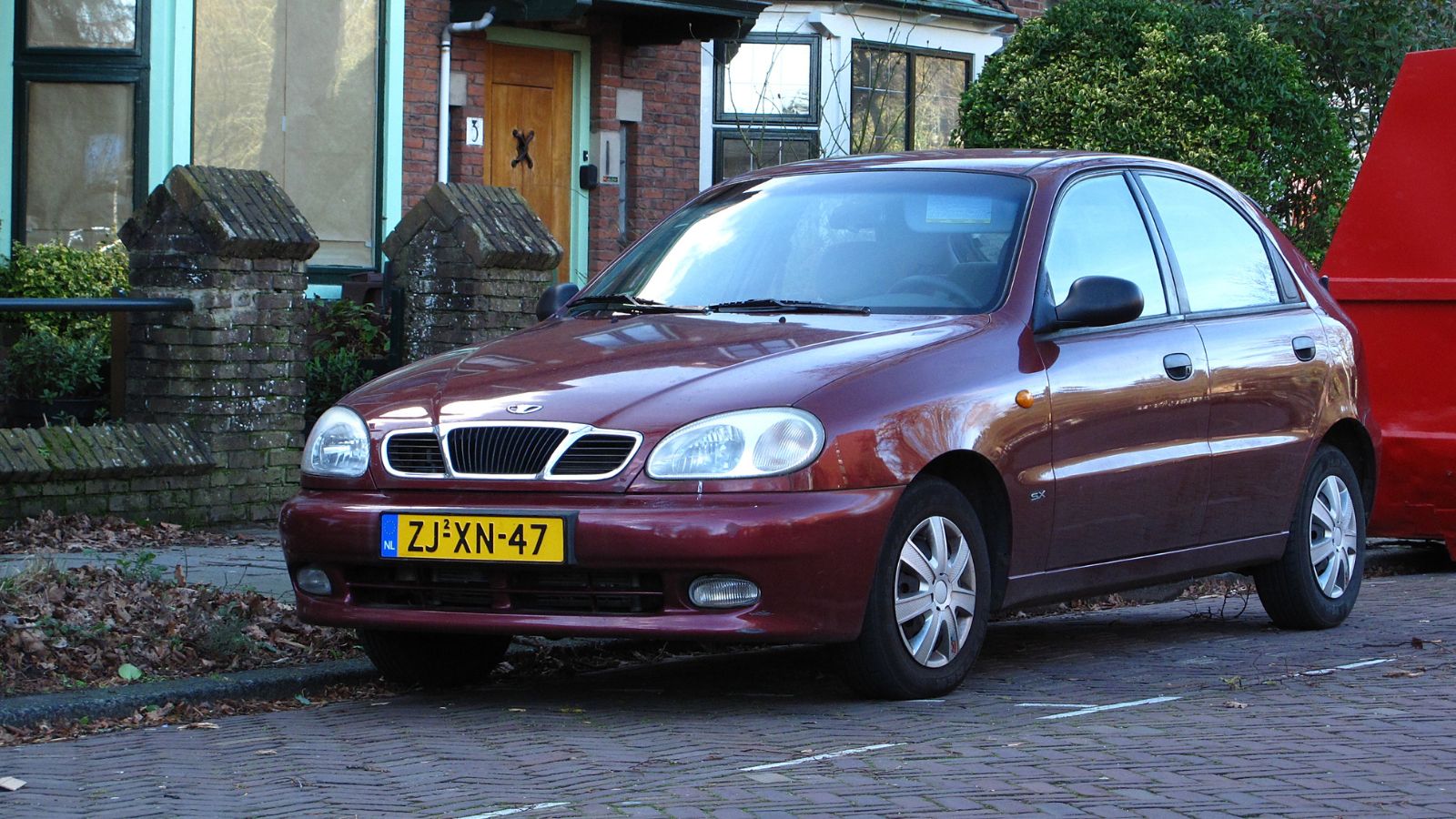
Daewoo made a splash entering North America in the late 90’s, but the Lanos showed why the brand didn’t last. It had bland styling, weak engines, and questionable reliability. Parts availability quickly became an issue after the brand collapsed, leaving Canadian owners stranded. Many Lanos models didn’t even survive a decade on the road, making them one of the most forgettable cars of the era.
Chrysler Sebring Convertible (1995–2000)
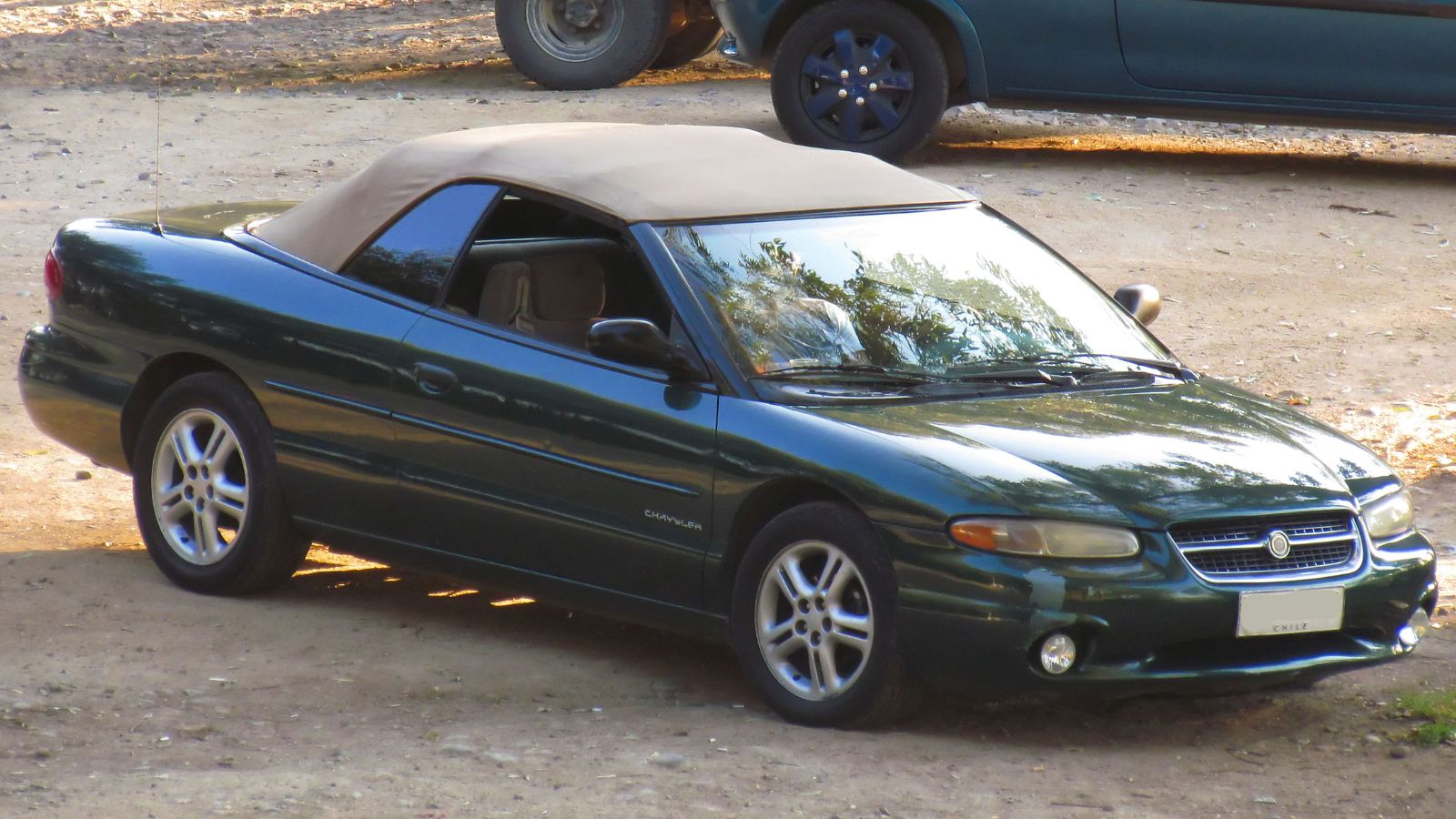
The Sebring convertible looked attractive in brochures, but reality didn’t match the glossy ads. The interior rattled like a maraca, the transmissions were fragile, and the soft-top roof leaked at the first sign of rain. Handling was sloppy, meaning it felt more like a boat than a sporty convertible. Canadians often encountered them in rental fleets, where they became infamous for being the car you got stuck with when everything else was booked.
Suzuki X-90 (1995–1997)
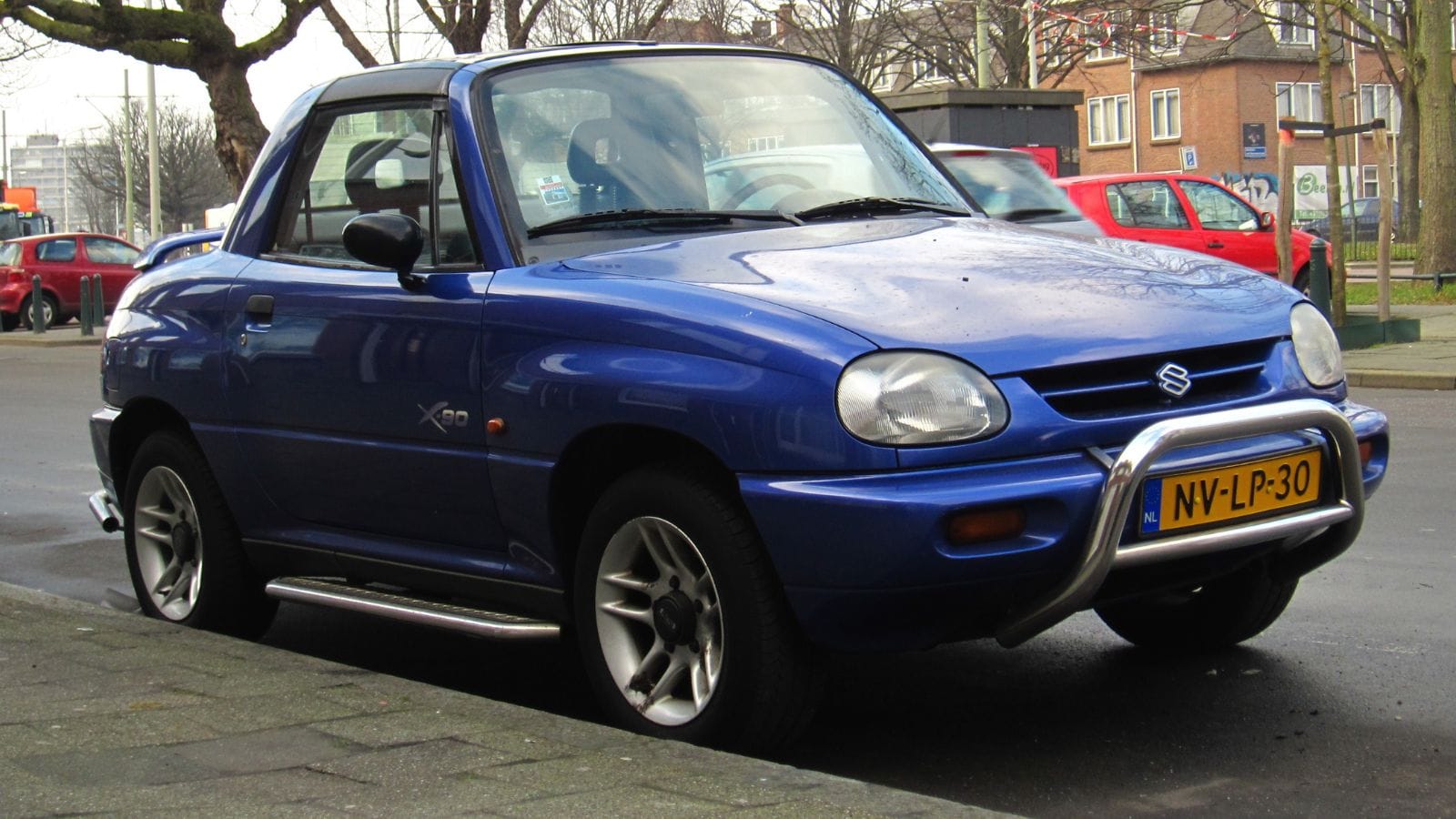
The X-90 is one of the strangest vehicles to ever reach production. A two-door SUV with removable T-tops, it tried to be sporty and practical but ended up being neither. It had limited space, questionable looks, and was easily outperformed by regular SUVs or small cars. Canadians facing icy roads discovered that it had the off-road ability of a hatchback and the comfort of a go-kart, making it an oddball novelty destined for failure.
Pontiac Aztek (1999–2005)
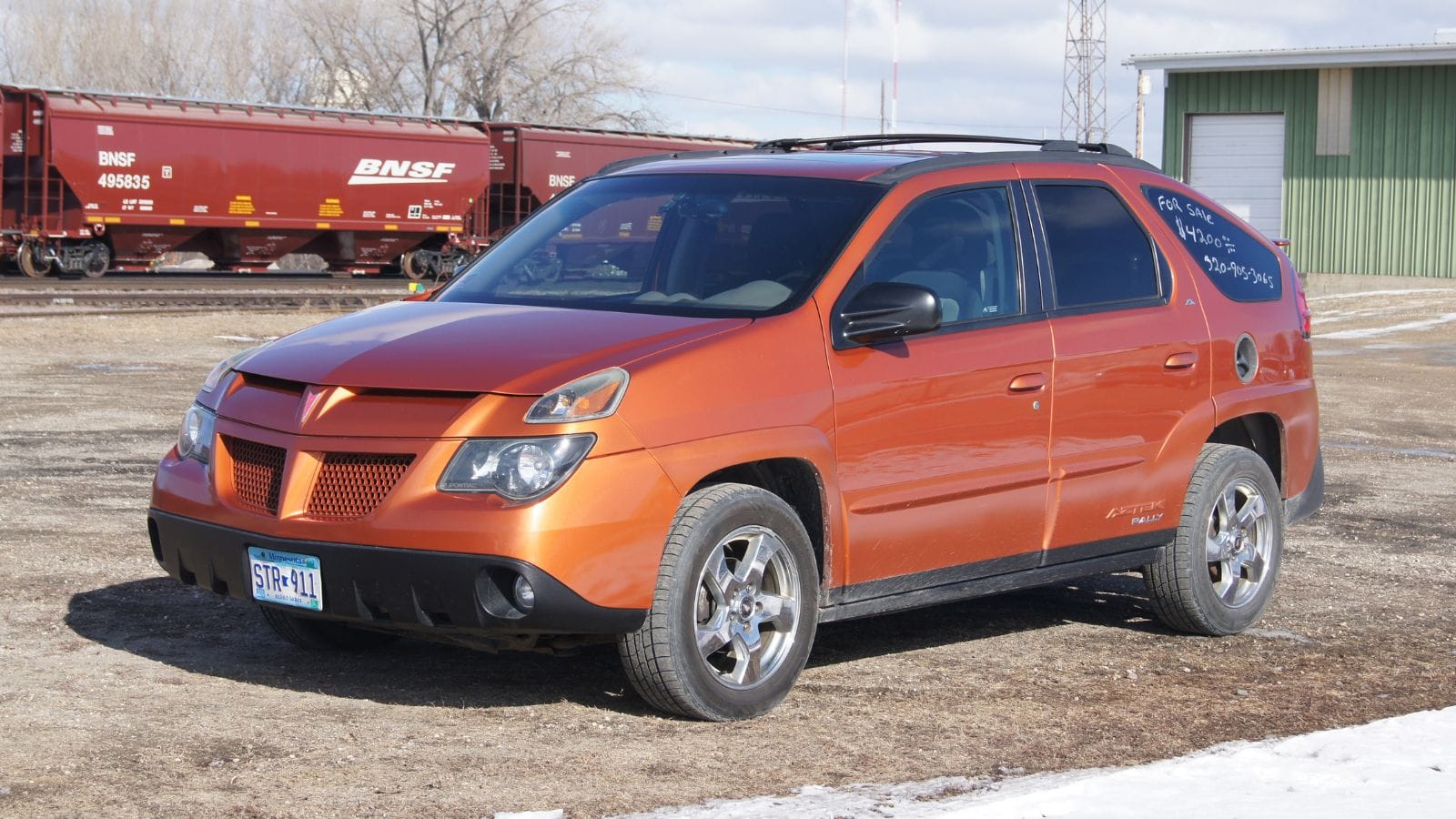
Though technically straddling into the early 2000s, the Aztek was conceived and designed in the 90’s, and it became one of the most mocked vehicles ever made. While it was practical, its bizarre styling made it look like a science experiment gone wrong. GM marketed it as an adventurous lifestyle vehicle, but buyers recoiled. Canadians still remember it as a punchline — though its later cameo in Breaking Bad gave it cult status.
Hyundai Excel (1990–1994)
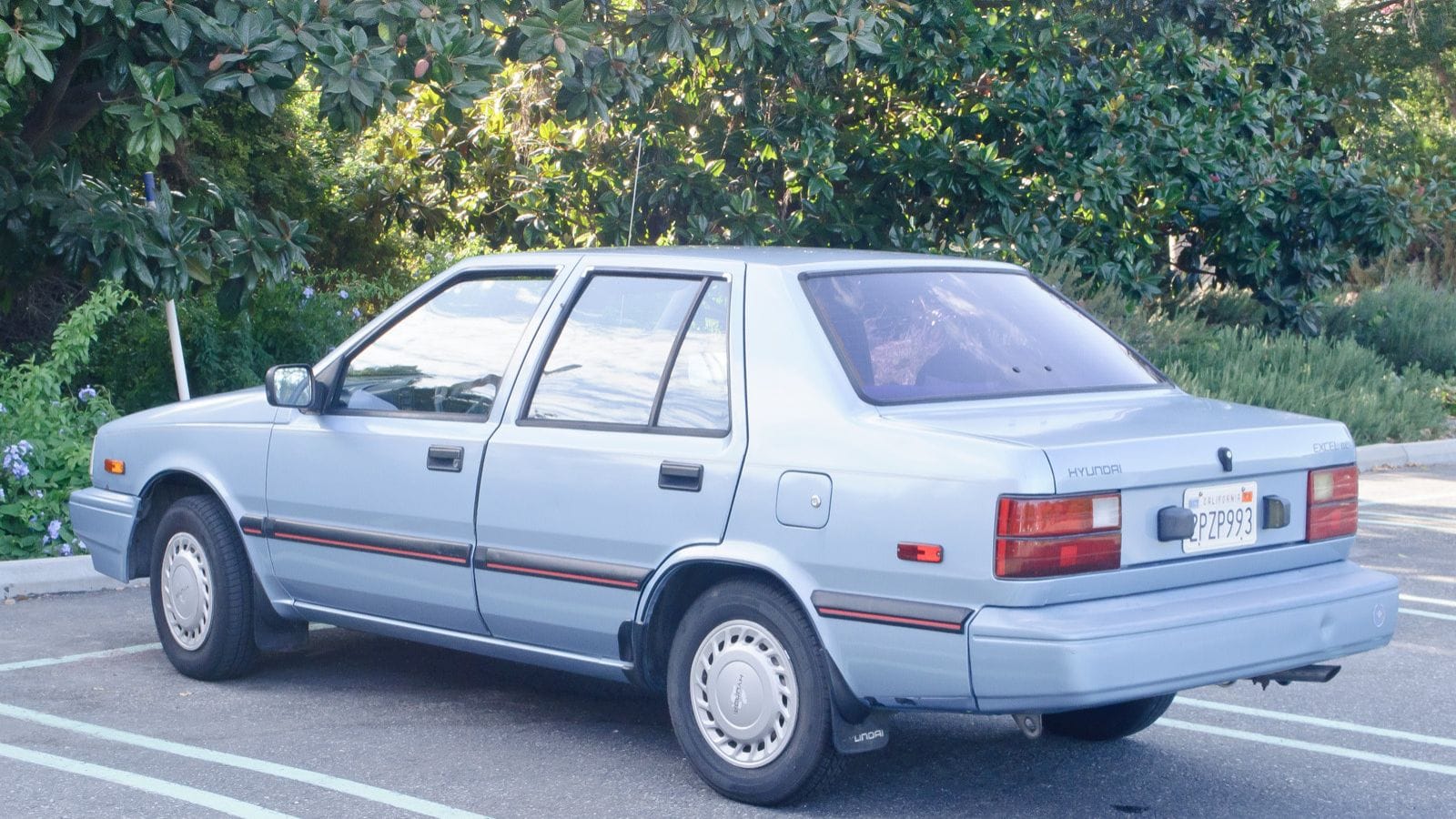
Hyundai’s early entry into North America nearly sank the brand. The Excel was cheap, but it was also unreliable, underpowered, and built with shockingly poor quality. Engines blew early, transmissions failed, and rust claimed many before the warranty expired. In Canada, it gave Hyundai such a bad reputation that it took nearly a decade of strong new models to recover consumer trust.
Oldsmobile Achieva (1992–1998)
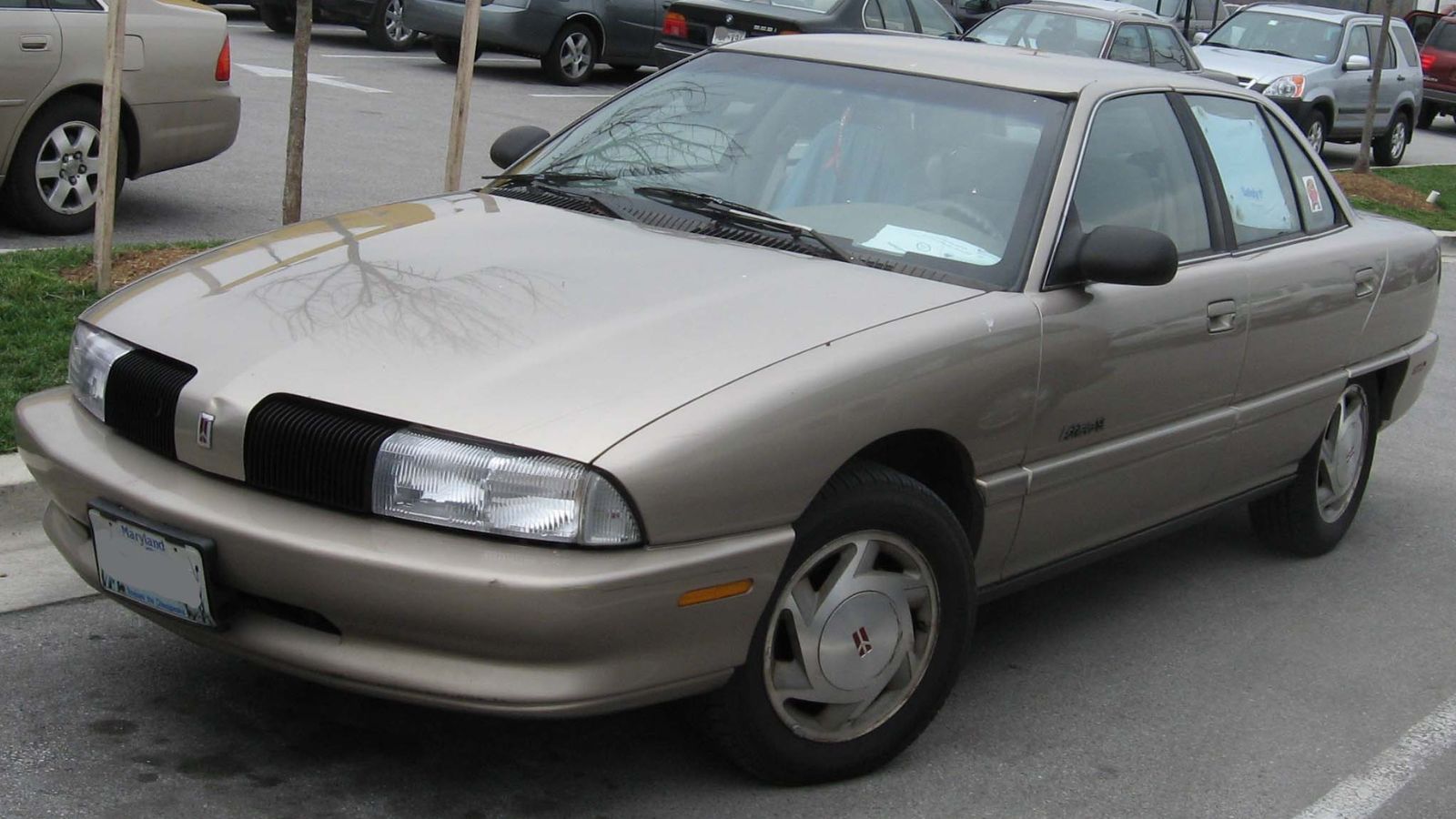
The Achieva was meant to bring young buyers into Oldsmobile showrooms, but it did the opposite. Bland, forgettable styling combined with cheap interiors and unimpressive engines meant it was as exciting as lukewarm toast. Reliability was mediocre, and resale value tanked almost immediately. By the late 90’s, Canadians were avoiding Oldsmobile altogether, and cars like the Achieva played a big role in the brand’s demise.
Ford Contour / Mercury Mystique (1995–2000)
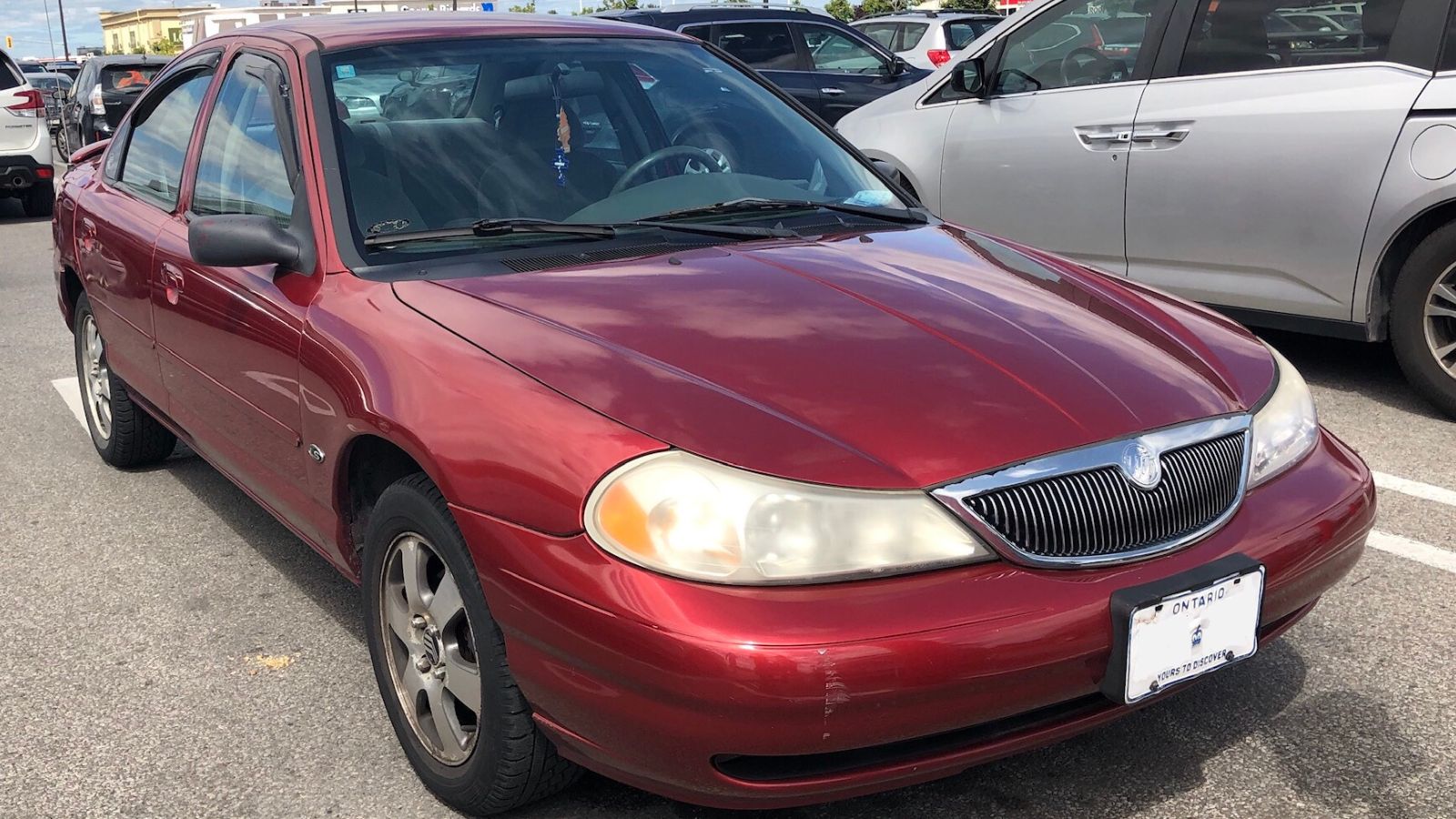
These were Ford’s attempts at global small cars, but they fell flat in North America. They were cramped inside, especially in the back seat, and plagued with mechanical and electrical issues. Engines were noisy, transmissions were fragile, and reliability was no match for Japanese rivals. Canadians quickly realized they were paying more for less, and most buyers avoided them after the first wave of complaints rolled in.
Chevrolet Lumina (1990–2001)
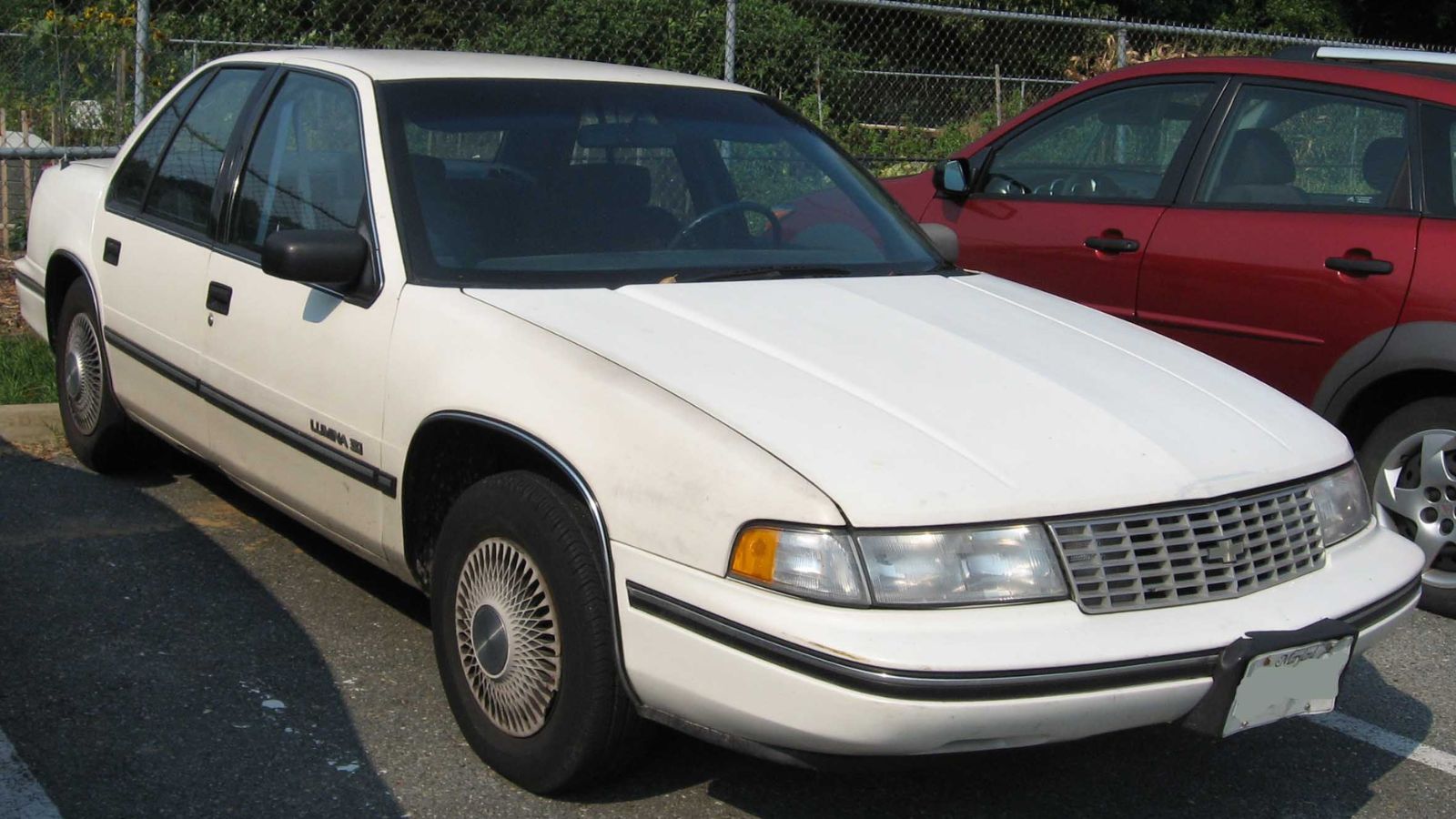
The Lumina was GM’s midsize offering, but it felt outdated almost as soon as it hit the showroom floor. Styling was bland, handling was soft and uninspired, and engines offered little excitement. It became a fleet car staple, and Canadians who rented one often described it as “transportation and nothing more.” It was a missed opportunity in a decade when Toyota and Honda were building Camrys and Accords that buyers actually wanted.
Mitsubishi Mirage (1990–2002)
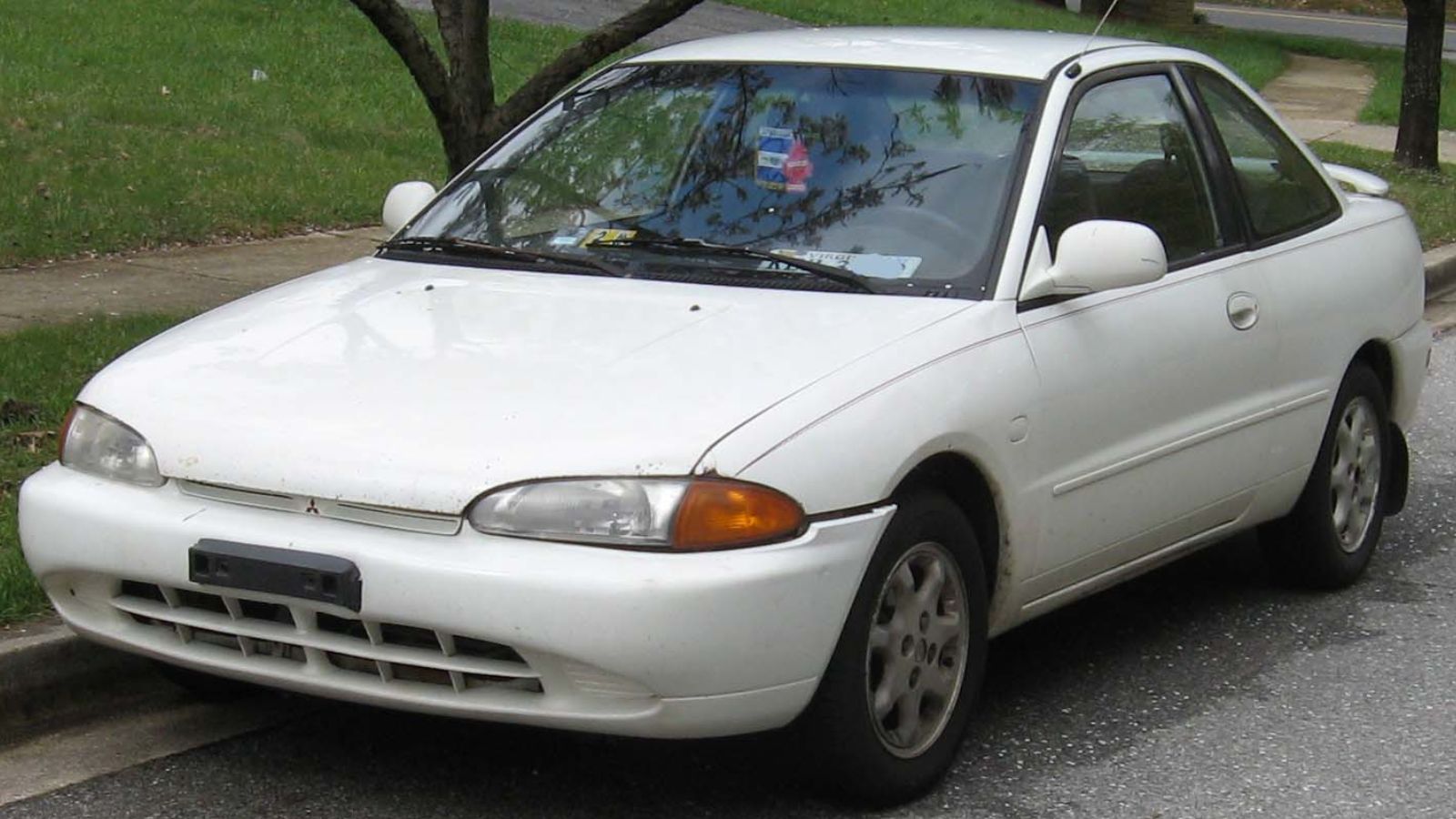
The Mirage lived up to its name — it seemed like a good deal until you drove one. Cheap interiors, flimsy construction, and uninspiring performance made it forgettable. In Canada, it was overshadowed by Civics, Corollas, and Sentras, all of which were better in nearly every way. The Mirage’s biggest strength was its low price, but even that couldn’t save it from irrelevance.
Chrysler Cirrus (1995–2000)
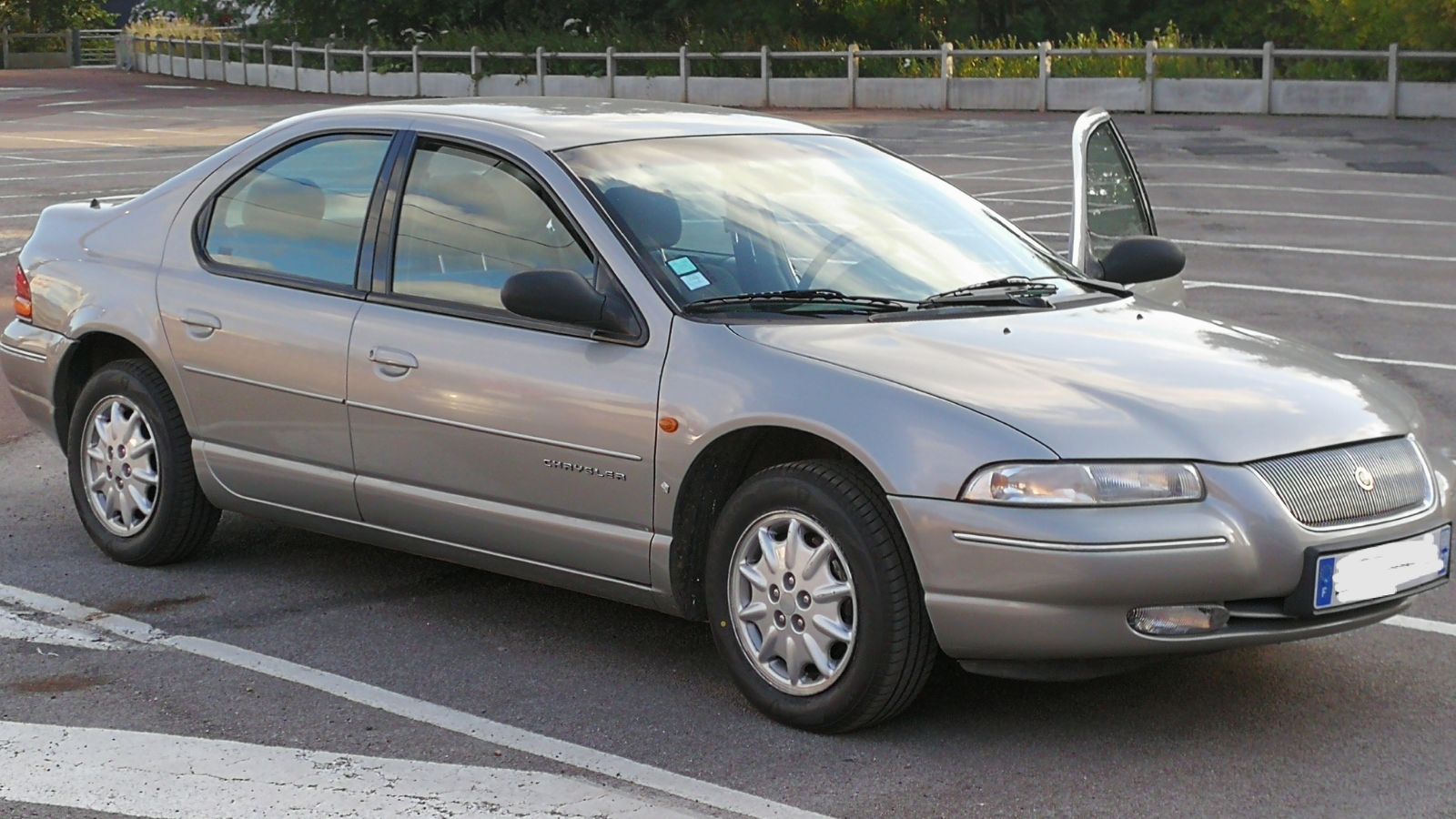
Part of Chrysler’s “cloud car” lineup (with names like Breeze and Stratus), the Cirrus promised style but delivered headaches. Transmission failures were common, electrical issues plagued owners, and interiors didn’t hold up. Canadians who bought them quickly learned they’d spend more time at the mechanic than enjoying the road.
Saturn SL (1990–2002)
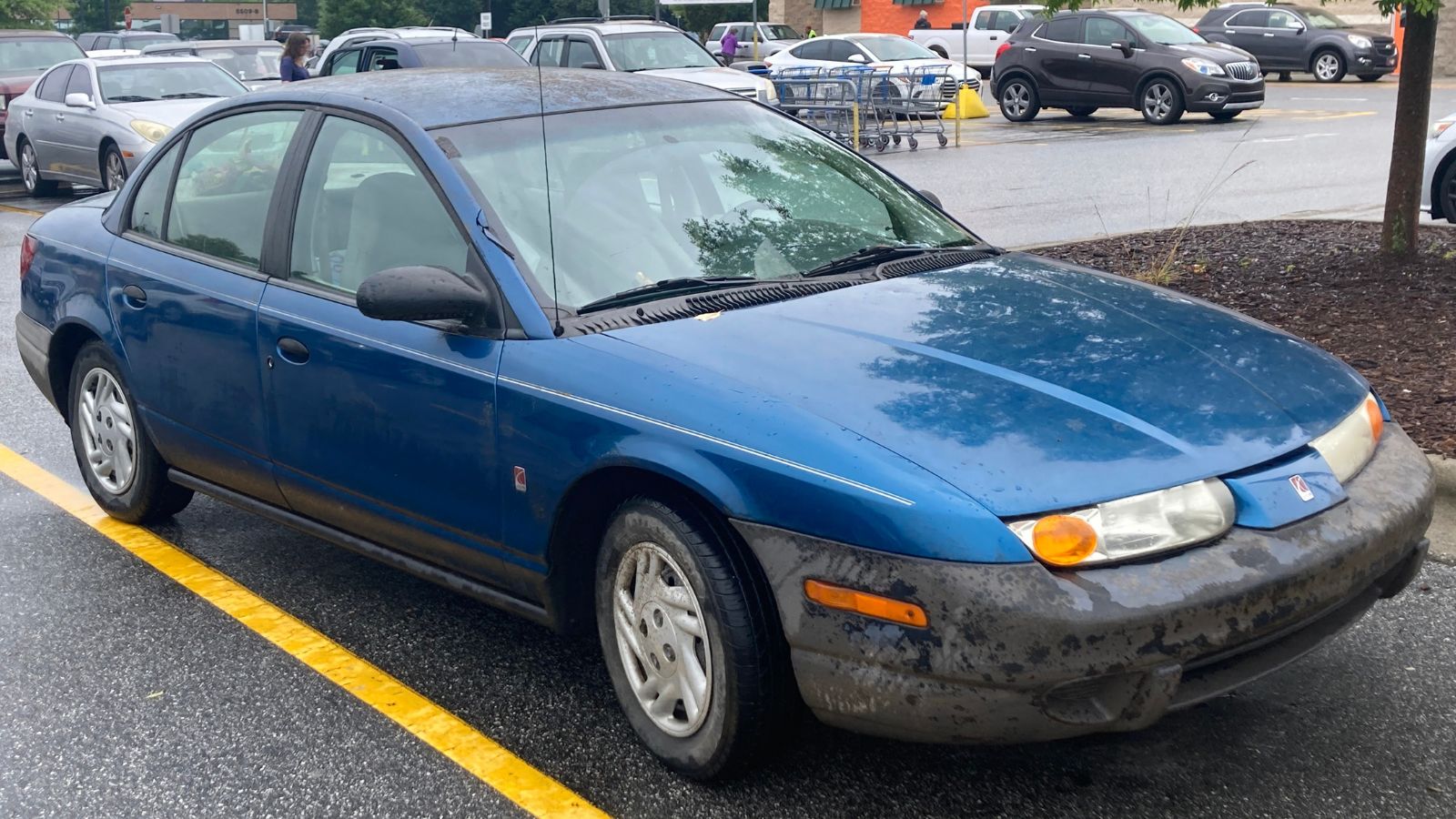
Saturn was supposed to reinvent GM with a new approach to customer service and dent-resistant plastic body panels. Unfortunately, the SL was a cheap, uninspiring car. Its interiors were spartan, its engines were prone to burning oil, and rust still managed to creep in despite the plastic panels. In Canada, Saturn showrooms briefly attracted curious buyers, but cars like the SL didn’t convince them to stick around.
Eagle Summit (1990–1996)
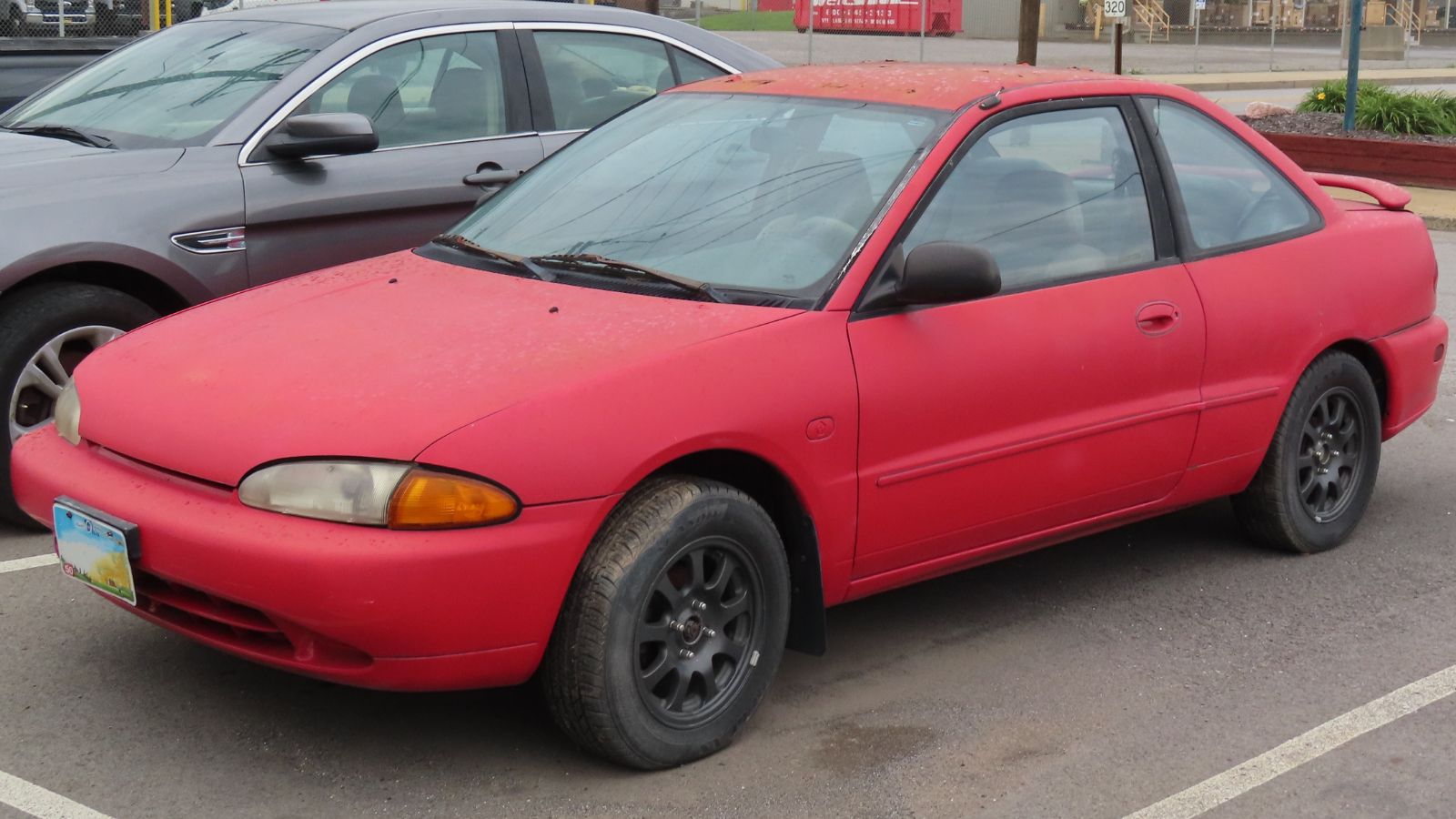
Chrysler’s Eagle brand tried to carve out a niche but ended up rebadging mediocre cars like the Summit. Based on a Mitsubishi, it offered little appeal. Styling was dull, reliability was average at best, and buyers were confused by the brand itself. Canadians barely noticed the Eagle lineup, and the Summit faded away without leaving any impact.
Volkswagen Jetta III (1993–1999)
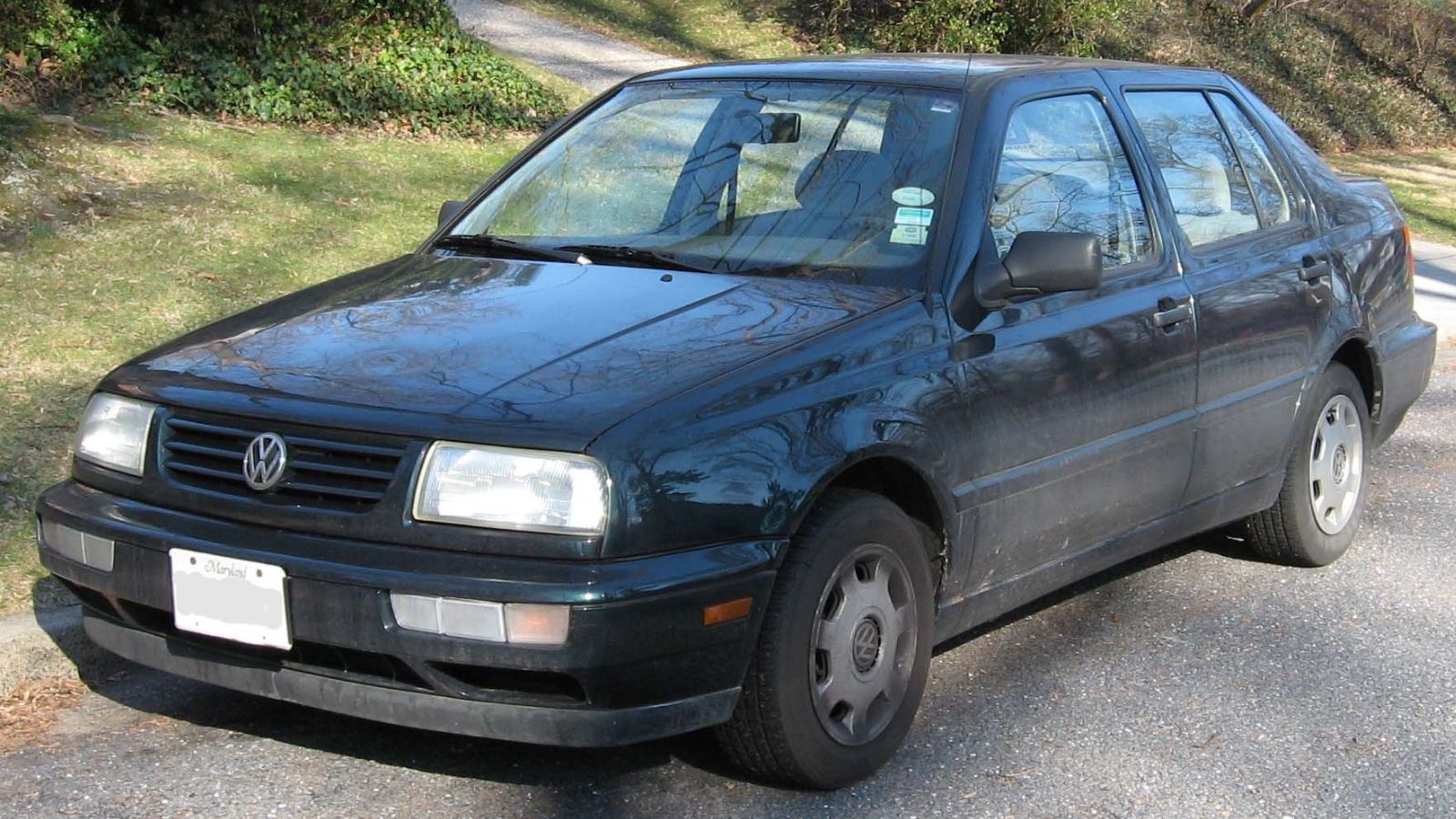
While enthusiasts loved the way it drove, the third-gen Jetta was notorious for electrical gremlins, rust, and costly repairs. Canadians often joked that owning one meant you needed a second car just to drive while the Jetta was in the shop. It had charm, but that charm quickly wore thin when repair bills stacked up.
Chevrolet Cavalier (1995–2005)
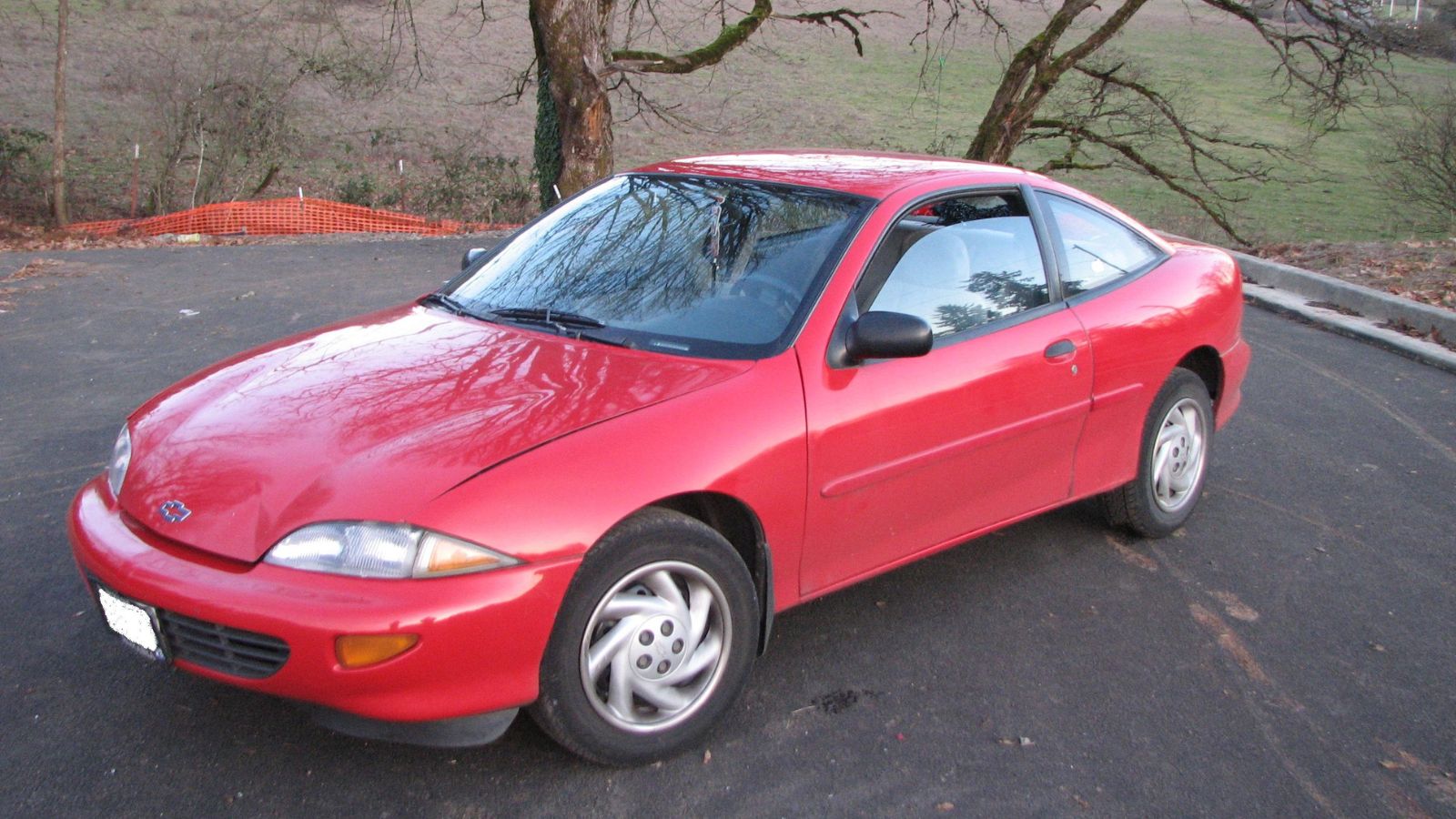
The Cavalier was one of GM’s most common cars of the 90’s, but also one of the worst. Built cheaply, with poor crash test ratings and an interior that aged terribly, it was transportation in its barest form. Canadians often bought them because they were inexpensive, but ownership stories usually included breakdowns, rattles, and premature rust.
Plymouth Breeze (1995–2000)
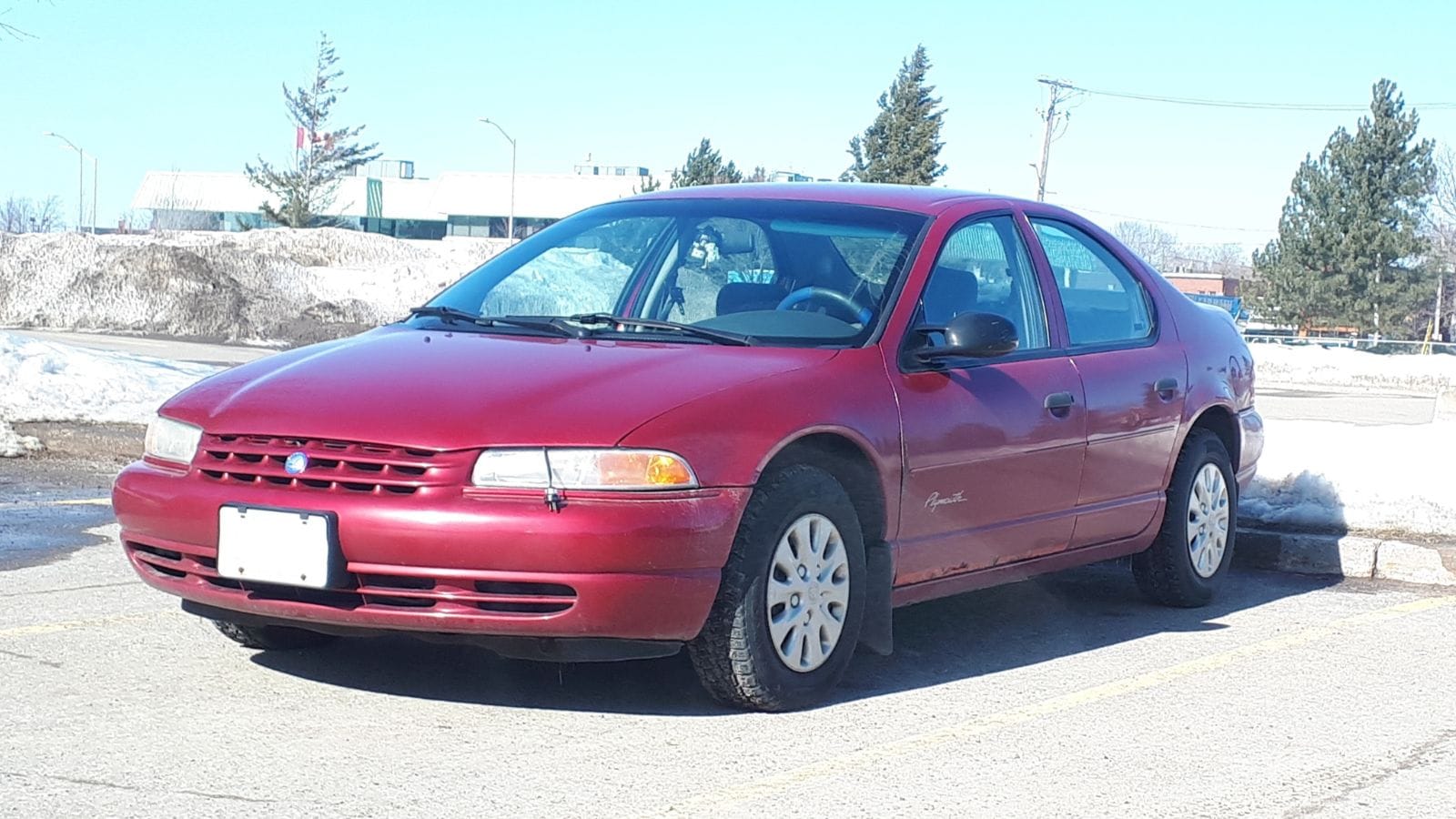
Another Chrysler “cloud car,” the Breeze was the budget sibling of the Cirrus. It shared the same flaws: weak transmissions, poor build quality, and unimpressive reliability. Canadian buyers avoided it in favor of Japanese competitors, leaving it to rental fleets where it earned its reputation as a forgettable appliance.
Geo Metro (1989–2001)
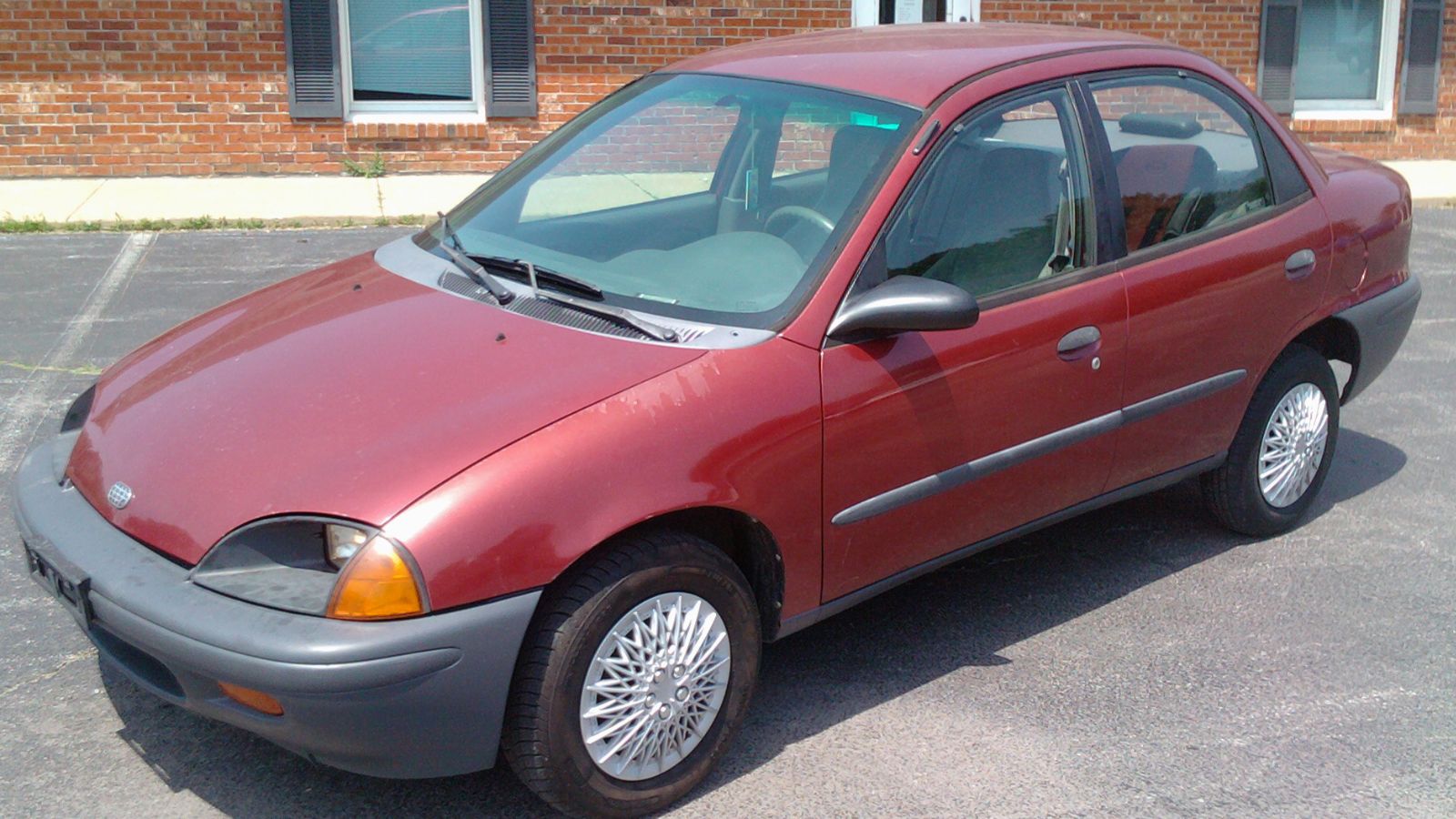
The Metro was incredibly fuel efficient, but that was its only redeeming feature. With as little as 55 horsepower, it was painfully slow, unsafe in a crash, and cheaply built. In Canadian winters, it was nearly useless, with rust claiming many before the decade ended. While thrifty, it was also joyless, making it one of the worst small cars of the era.
Isuzu Rodeo (1990–2004)
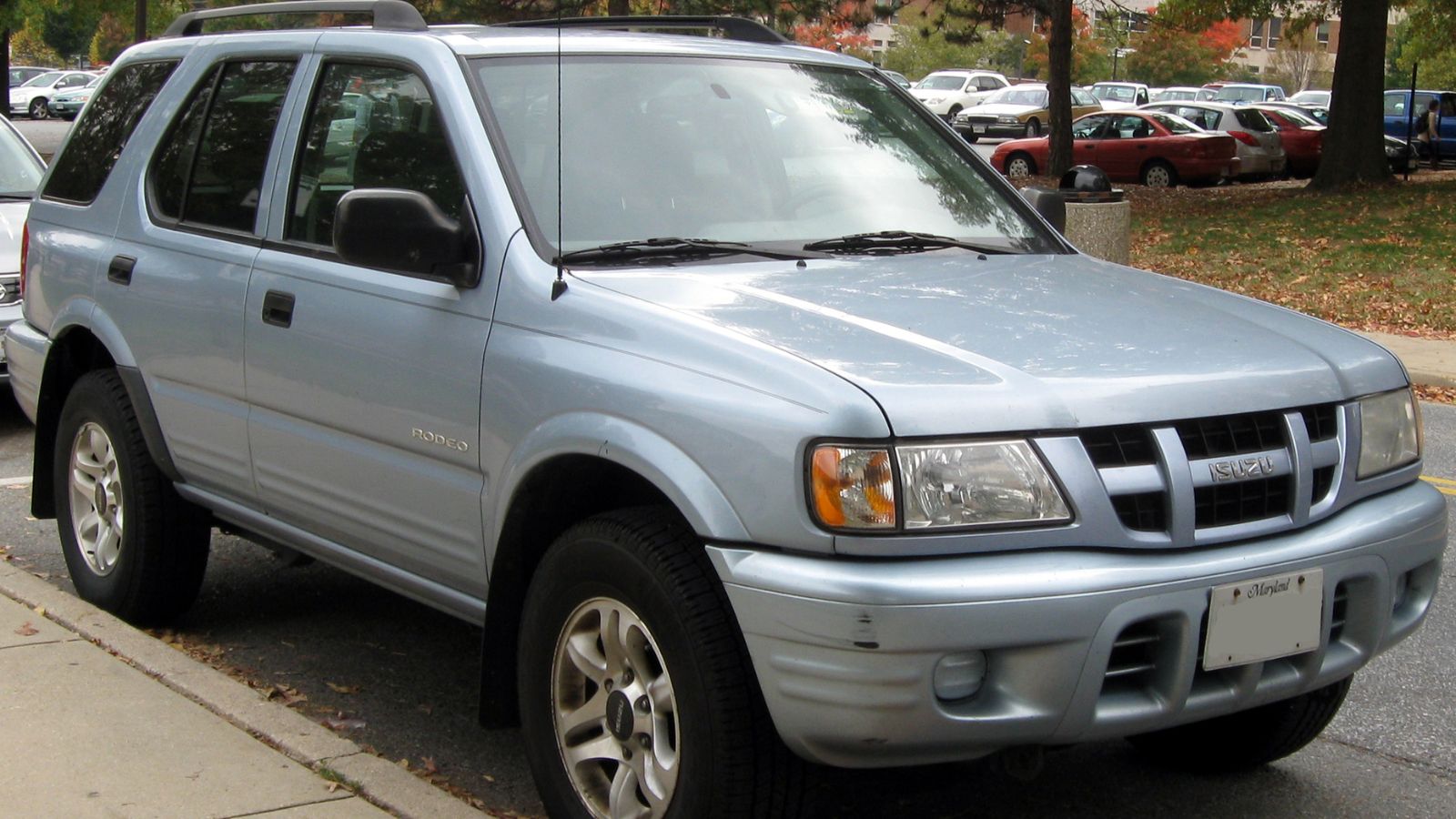
The Rodeo was part of the 90’s SUV boom, but it lacked the polish of competitors. Rust was a major issue in Canada, especially on frames, and its engines were underwhelming. Handling was sloppy, and reliability trailed far behind Toyota and Honda rivals. It sold in decent numbers but left behind little more than bad memories.
Pontiac Grand Am (1992–2005)
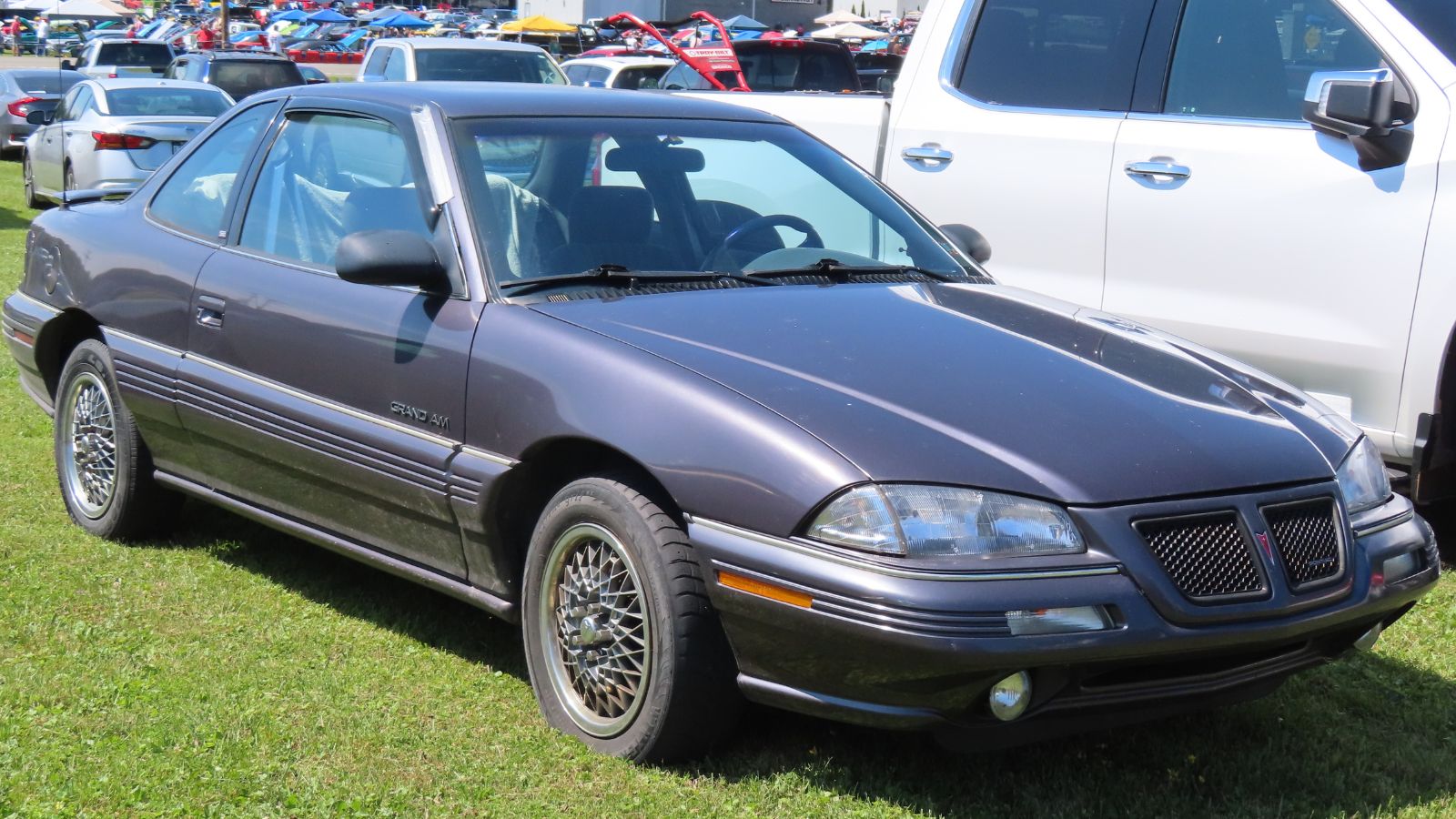
The Grand Am was marketed as sporty but had none of the refinement to back it up. With cheap cladding, poor interiors, and notorious reliability issues, it became a fixture at Canadian used car lots. Many were sold, but few are remembered fondly. It was the definition of 90’s GM corner-cutting, wrapped in plastic body panels and fake sportiness.
Why These Cars Fell Flat
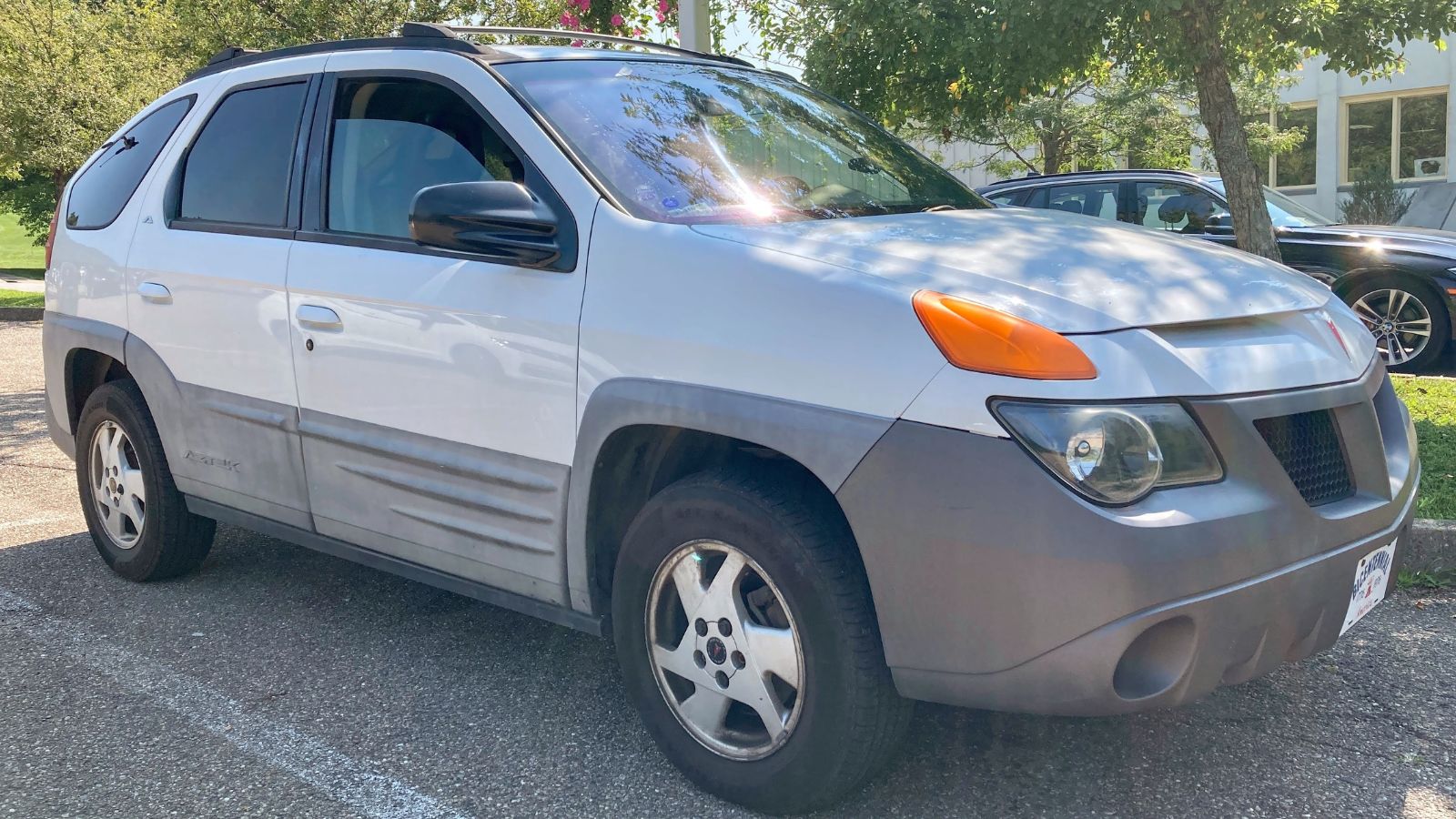
The 90’s gave us some of the greatest performance and enthusiast cars ever, but these models were the other side of the coin. They were poorly built, unreliable, and uninspired. Many ended up in rental fleets or scrapyards long before their time. For Canadians and Americans who had to live with them, they were reminders that not every 90’s car is worth nostalgia. While Supra posters hung on bedroom walls, these cars became cautionary tales — the ones nobody brags about owning.
25 Facts About Car Loans That Most Drivers Don’t Realize

Car loans are one of the most common ways people fund car purchases. Like any other kind of loan, car loans can have certain features that can be regarded as an advantage or a disadvantage to the borrower. Understanding all essential facts about car loans and how they work to ensure that you get the best deal for your financial situation is essential. Here are 25 shocking facts about car loans that most drivers don’t realize:
25 Facts About Car Loans That Most Drivers Don’t Realize
